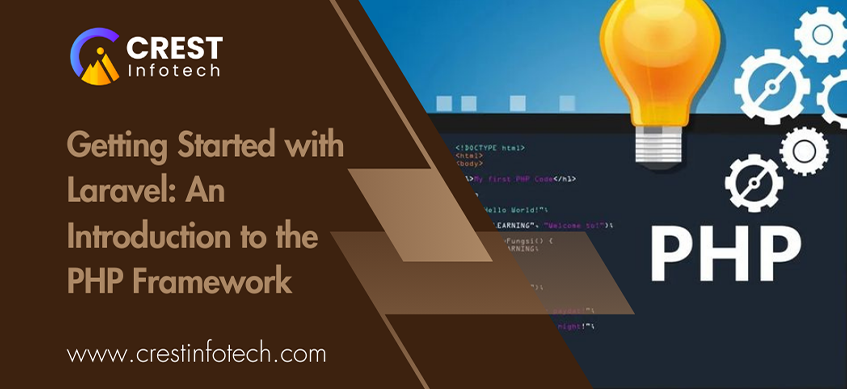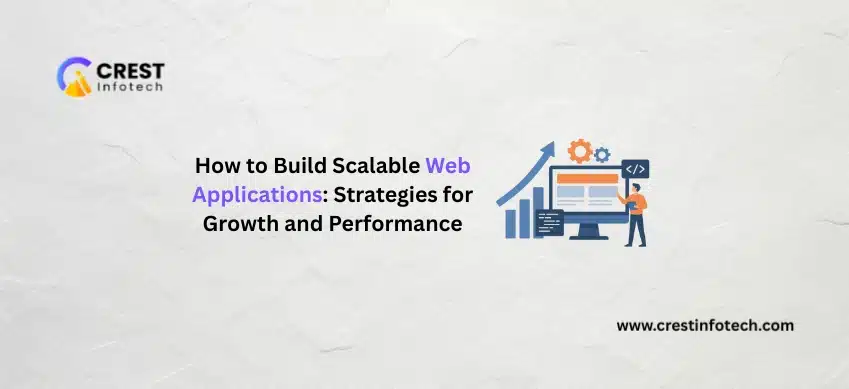Laravel is a popular open-source PHP framework known for its elegant syntax, powerful features, and robust ecosystem. It simplifies the development process by providing a wide range of tools and libraries, making it a top choice for building web applications. In this article, we will introduce you to Laravel, its core features, and how to get started with your first Laravel project.
1. What is Laravel?
Laravel was created by Taylor Otwell in 2011 and has since become one of the most widely used PHP frameworks. It follows the Model-View-Controller (MVC) architectural pattern, which helps separate the application’s logic from the user interface. This separation enhances maintainability and makes collaboration easier.
2. Key Features of Laravel
- Eloquent ORM: Laravel’s Object-Relational Mapping (ORM) tool, Eloquent, provides an intuitive and expressive syntax for interacting with your database. It allows you to work with database records as if they were PHP objects.
- Routing: Laravel offers a simple and flexible routing system that allows developers to define routes for their application easily. You can create RESTful APIs with ease.
- Blade Templating Engine: Laravel includes Blade, a powerful templating engine that allows you to create dynamic and reusable views. Blade’s syntax is clean and simple, making it easy to integrate with your HTML.
- Artisan CLI: Laravel’s command-line interface, Artisan, provides various helpful commands for common tasks such as database migrations, testing, and seeding.
- Middleware: Middleware allows you to filter HTTP requests entering your application, providing a convenient way to implement functionality like authentication and logging.
- Security: Laravel comes with built-in security features like protection against SQL injection, cross-site request forgery (CSRF), and cross-site scripting (XSS).
3. Installing Laravel
To get started with Laravel, you’ll need to have the following prerequisites:
- PHP: Laravel requires PHP version 7.3 or higher.
- Composer: A dependency manager for PHP that you will use to install Laravel.
Here’s how to install Laravel:
- Install Composer: If you haven’t already, download and install Composer from getcomposer.org.
- Create a New Laravel Project: Open your terminal and run the following command to create a new Laravel project:
composer create-project --prefer-dist laravel/laravel myLaravelApp
Replace
myLaravelAppwith your desired project name. - Navigate to Your Project Directory:
cd myLaravelApp
- Start the Development Server: Laravel includes a built-in development server. You can start it by running:
php artisan serve
Your application will be accessible at
http://localhost:8000.
4. Creating Your First Laravel Route
Once your Laravel project is set up, you can create your first route.
- Open the
routes/web.phpfile: This file is where you define your web routes. - Add a Route:
Route::get('/', function () {
return view('welcome');
});
This route listens for GET requests to the root URL (
/) and returns thewelcomeview. - Create a View: Laravel stores views in the
resources/viewsdirectory. You can create a new view file namedwelcome.blade.php:
<html lang="en">
<head>
<meta charset="UTF-8">
<meta name="viewport" content="width=device-width, initial-scale=1.0">
<title>Welcome to Laravel</title>
</head>
<body>
<h1>Hello, Laravel!</h1>
</body>
</html>
- Visit Your Application: Open your browser and go to
http://localhost:8000. You should see the message “Hello, Laravel!” displayed.
5. Database Configuration
Laravel makes it easy to work with databases. To configure your database:
- Update the
.envFile: Open the.envfile in the root of your project and set your database connection settings:DB_CONNECTION=mysql
DB_HOST=127.0.0.1
DB_PORT=3306
DB_DATABASE=your_database_name
DB_USERNAME=your_username
DB_PASSWORD=your_password
- Create a Database Migration: You can create a migration to set up your database schema. Run the following command:
php artisan make:migration create_posts_table
- Edit the Migration File: Open the newly created migration file in
database/migrationsand define the structure of thepoststable:public function up()
{
Schema::create('posts', function (Blueprint $table) {
$table->id();
$table->string('title');
$table->text('content');
$table->timestamps();
});
} - Run the Migration: Apply the migration to create the
poststable in your database:php artisan migrate
6. Building a Simple CRUD Application
With Laravel, you can quickly build a simple CRUD (Create, Read, Update, Delete) application. Here’s a brief overview of the steps:
- Create a Model: Use Artisan to create a model for your
Post:php artisan make:model Post
- Set Up Routes: In
routes/web.php, define routes for your CRUD operations. - Create a Controller: Generate a controller for handling requests:
php artisan make:controller PostController - Implement Methods: Implement methods in the controller to handle displaying posts, creating new posts, editing, and deleting.
- Create Views: Create corresponding views to display your forms and posts.
Conclusion
Laravel is a powerful framework that simplifies the development of web applications. With its rich feature set and elegant syntax, you can quickly build robust applications. By following the steps outlined in this article, you’re well on your way to mastering Laravel and creating dynamic web applications. Dive deeper into the Laravel documentation and explore its extensive ecosystem to unlock even more capabilities! Happy coding!



